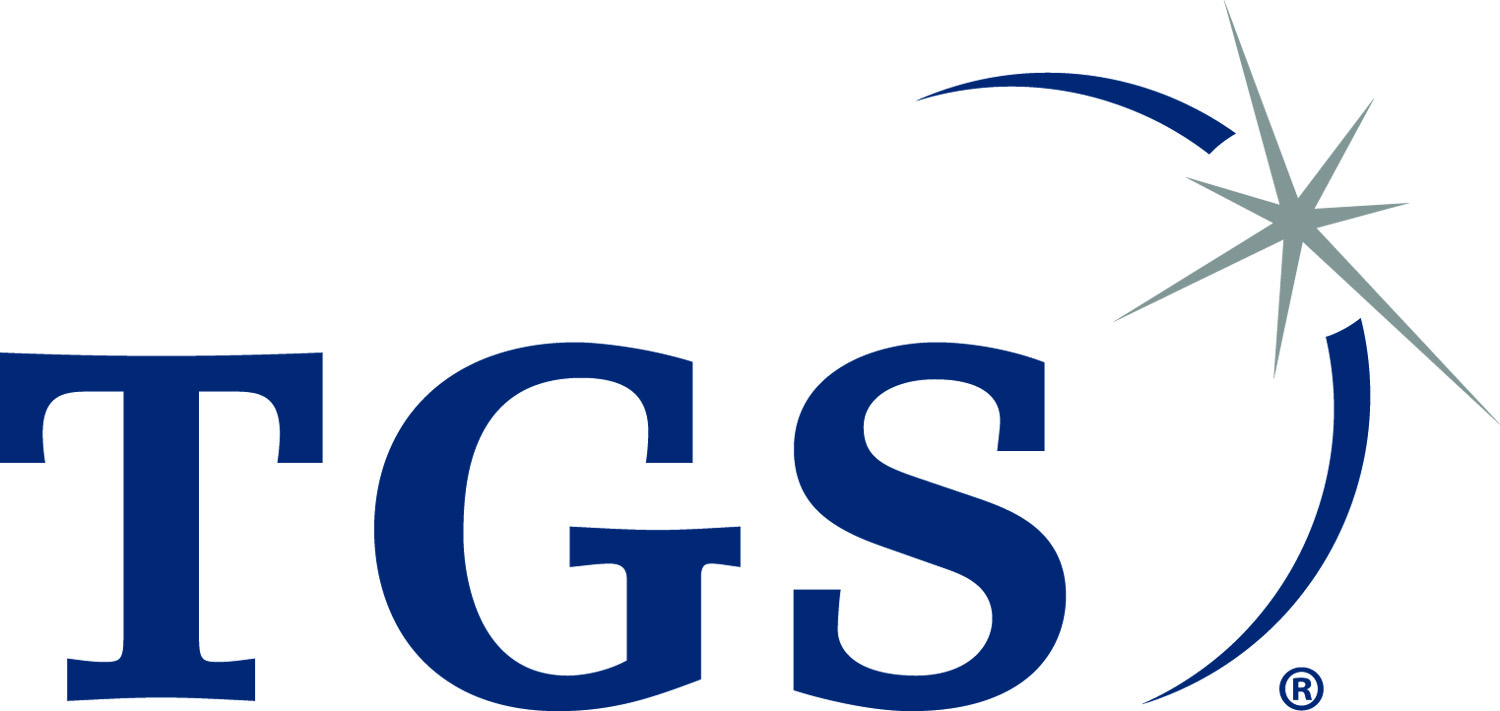This is a hybrid event.
Meeting Location:
TGS
10451 Clay Rd.
Houston, TX 77041
NOTE: You Must Be Logged In to Register
Check-In and Lunch begins at 11:30 am
Meeting presentation will be from 12:00 noon to 1:00 pm
Speaker: Carlos A. Uroza, GCCC - Bureau of Economic Geology, Univ. of Texas at Austin, USA
For more than two decades, extensive research in geological carbon storage, retention, and monitoring has been conducted in the Gulf Coast area. Years of research and demonstration projects have confirmed the potential for carbon sequestration in this region, both onshore and offshore. In this work we provide an overview of the opportunities for CO2 storage in multiple geological formations along the Gulf Coast area, as well as information on key challenges faced by CO2 sequestration in the region.
To investigate the potential for CO2 sequestration in multiple geological formations over the Gulf Coast, the GCCC team has conducted regional assessments onshore and offshore, as well as site-specific assessments in Cretaceous, Paleocene, Oligocene, and Miocene strata. Ongoing assessments of Miocene sandstone bearing saline aquifers from offshore Texas state waters propose around 3.1 Gt storage capacity (Bump, personal communication). In onshore Texas we are conducting regional assessment of the Paleocene-Eocene Wilcox Group to define its storage potential. Methods are similar to offshore but here we also consider the presence of the Underground Sources of Drinking Water (USDW), defined by any aquifer with less than 10,000 mg/l total dissolved solids, which has to be protected from CO2 injection (EPA regulation).
Trend-capacity estimations, like the Miocene and Paleocene-Eocene, have limitations due to the structural compartmentalization, reservoir heterogeneities, and presence of legacy wells in the Gulf Coast area. Therefore, they need to be refined with site-specific characterization where we develop a geological model that includes the structural configuration of the site, a subdivision of the stratigraphy into reservoir units, assessment of depositional facies, sand continuity, analysis of reservoir quality, evaluation of the USDW (onshore case), and delimitation of the overpressure boundary as a constraint for the CO2 storage window. A first pass capacity estimation is done using EASITool (Enhanced Analytical Simulation Tool), a non-commercial analytical software developed by the Gulf Coast Carbon Center to model the pressure buildup associated with CO2 injection and brine extraction (Ganjdanesh & Hosseini 2017 & 2018). Where warranted, a 3D geomodel is built for the site for better representation of the parameters that are used to simulate the extension of the CO2 plume and the extension of the zone of elevated pressure from the injection well.
Speaker Biography: Carlos A. Uroza, GCCC - Bureau of Economic Geology, Univ. of Texas at Austin, USA
Carlos Uroza is a senior geologist with more than 20 years of industry experience in oil & gas, having worked with Haliburton Middle East, Equinor/Statoil Offshore Mexico & GOM USA, ConocoPhillips Nigeria & GOM USA, and Pdvsa Exp. & Prod., Eastern Venezuela. He has a MSc in Geology from Queensland University of Technology (Brisbane, Australia) and a PhD in Geology from The University of Texas at Austin. Carlos is a Sedimentologist & Stratigrapher by background, and from February 2022 he has been working at the Gulf Coast Carbon Center (BEG-UT Austin), focusing on evaluation of geological sites for CO2 sequestration along the Gulf Coast area, USA
Price List:
|
Pre-Registered |
Late/Walk-Up
|
Member
|
Free |
Free |
| Non-Member |
$10 |
$10 |
** Please be aware that ALL registrations must go through 'Checkout', even if your total is zero. Registration is not confirmed until you complete the checkout process.
THANK YOU TO OUR SPONSOR:
